Market Share
Introduction: Navigating the Competitive Landscape of India's Automotive Future
The Indian automobile industry is undergoing a radical transformation. The rapid uptake of new technology, the changing regulatory framework, the growing importance of safety and security and the growing demand for convenience and connectivity are driving the industry into a new phase. The manufacturers are investing heavily in electric and driverless vehicles, while IT companies are enhancing the vehicle’s software capabilities to improve its convenience and efficiency. The electric vehicle charging stations are also being developed to give a competitive edge to the charging network. Artificial intelligence and big data companies are deploying their advanced analytics and machine learning capabilities to optimize the supply chain and to enable predictive maintenance. And as the market evolves, the IoT and biometrics are redefining the way consumers interact with the vehicles. The green initiatives are reshaping the way the automobiles are positioned in the market. The industry is also expected to focus on regional growth opportunities, especially in tier II and tier III cities, where the demand for mobility solutions is growing rapidly.
Competitive Positioning
Full-Suite Integrators
These vendors offer a comprehensive range of automotive solutions, from manufacturing to after-sales services.
| Vendor | Competitive Edge | Solution Focus | Regional Focus |
|---|---|---|---|
| Tata Motors Limited (includes Tata and Jaguar) | Diverse portfolio and strong brand presence | Passenger and commercial vehicles | India and global markets |
| Hyundai Motor India Ltd | Innovative technology and design | Passenger vehicles | India and Asia-Pacific |
| Mahindra & Mahindra Limited | Strong in utility and electric vehicles | SUVs and commercial vehicles | India and emerging markets |
| MG Motor India Pvt. Ltd | Focus on electric and connected vehicles | Passenger vehicles | India |
| BMW AG (includes BMW and MINI) | Luxury and performance-oriented offerings | Luxury vehicles | India and global markets |
| Mercedes-Benz India Pvt Ltd | Premium brand with advanced technology | Luxury vehicles | India |
Motorcycle Manufacturers
These vendors specialize in two-wheeler manufacturing, focusing on performance and innovation.
| Vendor | Competitive Edge | Solution Focus | Regional Focus |
|---|---|---|---|
| TVS Motor Company | Strong R&D and product innovation | Motorcycles and scooters | India and international markets |
| Hero Moto Corp | Market leader with extensive distribution | Motorcycles and scooters | India and global markets |
| Honda Motorcycle & Scooter India Pvt. Ltd. | Global brand with reliable products | Motorcycles and scooters | India and Asia-Pacific |
| Royal Enfield | Iconic brand with a loyal customer base | Classic motorcycles | India and international markets |
| Bajaj Auto Corp | Strong presence in performance bikes | Motorcycles and three-wheelers | India and emerging markets |
| Suzuki Motorcycle India Private Limited | Diverse product range and affordability | Motorcycles and scooters | India |
| Piaggio & C. SpA | Innovative design and technology | Scooters and three-wheelers | India and global markets |
| Lohia Auto Industries | Focus on eco-friendly vehicles | Electric and three-wheelers | India |
| Atul Auto Limited | Strong in three-wheeler segment | Three-wheelers | India |
| Terra Motors India Corp. | Focus on electric mobility solutions | Electric two-wheelers | India |
| Scooters India Ltd. | Established brand in scooter market | Scooters | India |
Emerging Players & Regional Champions
- Ola Electric (India): This company, which specializes in electric scooters and charging stations, has just won a contract to supply the government with electric vehicles, and is a direct competitor to the two-wheeled vehicle industry. It has an advantage in technology.
- Ather Energy (India): Focuses on smart electric scooters with advanced connectivity features, recently expanded its charging network across major cities, complementing established players by pushing for a shift towards sustainable urban mobility.
- Tata Motors (India): While an established player, its focus on electric vehicles and sustainable practices positions it as a regional champion, recently launched a new line of electric cars that competes directly with global brands.
- Revolt Motors (India): Offers AI-enabled electric motorcycles, recently partnered with local delivery services to provide electric bikes, challenging conventional motorcycle manufacturers by targeting the urban delivery market.
- Mahindra Electric (India): Focuses on electric mobility solutions and has recently launched a new range of electric commercial vehicles, complementing traditional automotive offerings by providing eco-friendly alternatives.
Regional Trends: The Indian automobile industry is undergoing a significant transition towards electric mobility, spurred by government incentives and a growing demand for sustainable mobility solutions. There are several startups that are focusing on electric vehicles, smart technology and connectivity. Regional players are bringing down the cost of production and improving the supply chain, while the established players are stepping up their investment in electric and hybrid vehicles.
Collaborations & M&A Movements
- Tata Motors and Tesla entered into a partnership to co-develop electric vehicle technology, aiming to enhance Tata's EV offerings and increase market share in the growing electric vehicle segment in India.
- Mahindra & Mahindra acquired a 51% stake in a local electric scooter startup to expand its footprint in the electric two-wheeler market, positioning itself as a key player in the sustainable mobility sector.
- Bajaj Auto and KTM announced a collaboration to develop a new line of electric motorcycles, leveraging KTM's expertise in performance bikes to capture the youth market in India.
Competitive Summary Table
| Capability | Leading Players | Remarks |
|---|---|---|
| Biometric Self-Boarding | Tata Motors, Mahindra & Mahindra | Tata Motors has implemented biometric systems in select models to enhance security and user experience, while Mahindra & Mahindra is exploring partnerships with tech firms to integrate biometric features in their upcoming electric vehicles. |
| AI-Powered Ops Mgmt | Ashok Leyland, Hero MotoCorp | Ashok Leyland utilizes AI for predictive maintenance and supply chain optimization, leading to reduced downtime. Hero MotoCorp has adopted AI-driven analytics for better inventory management and customer insights. |
| Border Control | Maruti Suzuki, Hyundai India | Maruti Suzuki has developed advanced border control systems for their manufacturing plants to streamline logistics. Hyundai India is enhancing border control measures through smart technology to ensure compliance and efficiency. |
| Sustainability | Tata Motors, Mahindra & Mahindra | Tata Motors is focusing on sustainable manufacturing processes and electric vehicle production, while Mahindra & Mahindra has committed to a significant reduction in carbon emissions across its supply chain by 2025. |
| Passenger Experience | Kia India, Honda Cars India | Kia India is known for its user-friendly infotainment systems and comfortable interiors, enhancing passenger experience. Honda Cars India is integrating advanced safety features and connectivity options to improve overall customer satisfaction. |
Conclusion: Navigating India's Automotive Landscape in 2025
The Indian automobile industry will be characterized by a fragmented and regionally differentiated market as we approach 2025. The more established players will continue to leverage their brand equity and integrate advanced technology, while the newer ones will focus on innovation and agility. The strategic implications for suppliers are clear: those that are able to leverage the capabilities of AI, automation, and sustainable mobility will emerge as the leaders. Regionally, the market for electric vehicles and smart mobility solutions will grow, forcing the industry to evolve rapidly. In this context, the ability to respond quickly and invest in new capabilities will be critical for sustaining a competitive advantage.

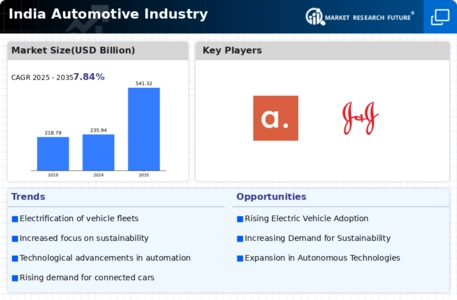
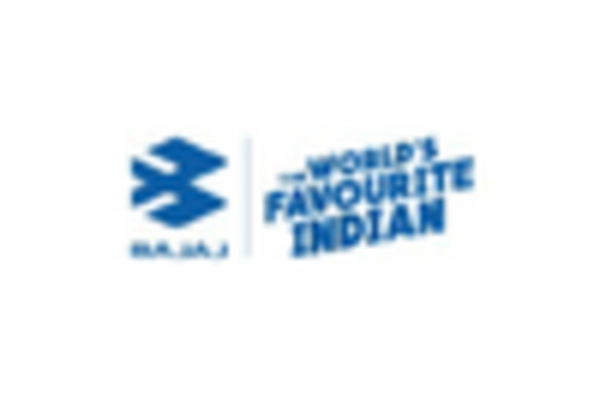


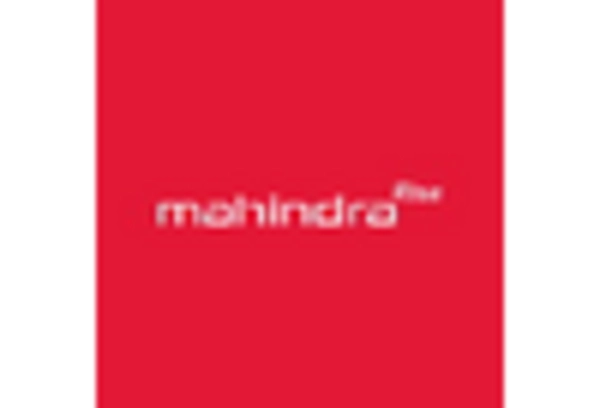
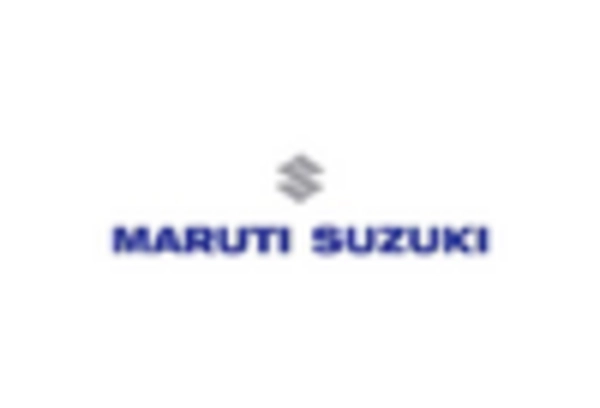
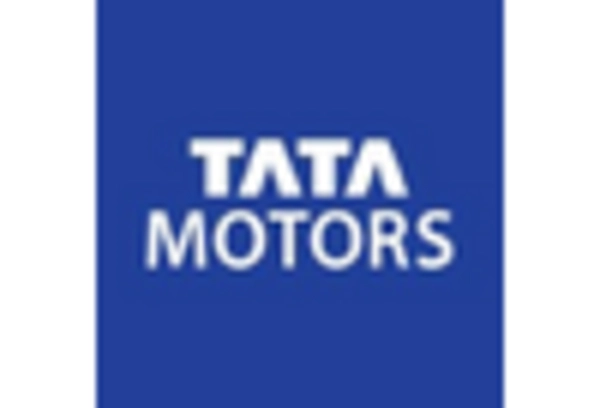









Leave a Comment